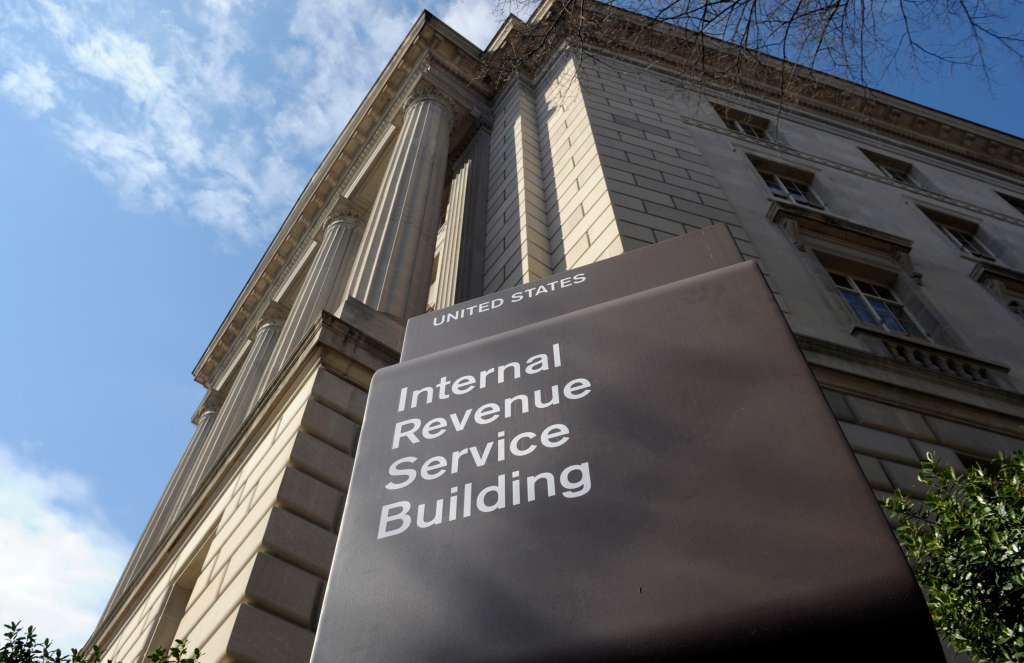(CNN) — The Internal Revenue Service is set to begin sending the expanded child tax credit payments on July 15 to tens of millions of families, providing them with extra funds each month through the end of 2021 along with a tax break next year.
The payments were approved as part of the Democrats’ $1.9 trillion stimulus package that President Joe Biden signed into law in March.
The infusions may offer the greatest benefit to low-income families, cutting child poverty nearly in half — but the extra cash will also go to better-off American families.
Here are four things you need to know about the expanded child tax credit:
Who qualifies?
The full enhanced credit will be available for heads of households earning $112,500 and joint filers making up to $150,000 a year, after which it begins to phase out.
For many families, the credit then plateaus at $2,000 per child and starts to phase out for single parents earning more than $200,000 or for married couples with incomes above $400,000.
More low-income parents will also become eligible for the child tax credit because the relief package makes it fully refundable. It had been only partially refundable — leaving roughly 23 million children unable to get the full credit because their families’ incomes were too low.
Parents who aren’t citizens can receive the payments for their citizen children as long as they have individual taxpayer identification numbers (ITIN) and their children have Social Security numbers.
Families can check their eligibility through this IRS website.
The expanded credit, however, is only in place for 2021, though Democrats hope to extend it.
How much will I get?
That depends on your household income and family size.
Eligible families can receive a total of up to $3,600 for each child under 6 and up to $3,000 for each one age 6 to 17 for 2021. That’s an increase from the regular child tax credit of up to $2,000 for each child up to age 17.
When will I see the money?
Parents will receive half their credit — up to $300 a month for each child under age 6 and up to $250 for each one ages 6 to 17 — on a monthly basis from now through the rest of the year. The payments will be made on the 15th of each month, unless it falls on a weekend or holiday.
They can claim the other half when they file their 2021 taxes next year.
Parents can check if they are enrolled to receive the advance payments at an IRS portal. They can also use it to provide or update their bank account information, which will take effect starting with the August payment.
Families who want to receive the payment as a lump sum can opt out of the monthly installments at the portal.
Do I have to do anything to get it?
The vast majority of families — roughly 39 million households covering 88% of children — will get the credit automatically because they have filed 2019 or 2020 returns claiming the credit.
The IRS will also send the payments to Americans who previously used its non-filer portal to register for the stimulus checks.
Parents of more than 65 million children will receive the monthly payments through direct deposit, paper checks or debit cards, according to the agency. Some 80% of payments will be sent via direct deposit.
But families who haven’t filed tax returns recently or used the non-filer tool must take action. They can use another IRS portal to register to receive the enhanced child tax credit. The sign-up tool allows users to provide the necessary information about their households and, if they choose, their bank accounts so the agency can directly deposit the funds.
In early August, the IRS is scheduled to allow parents to update their mailing address, and later in the summer, the agency will let families update their income and marital status, as well as the number of dependents, which is important for anyone with babies born in 2021.
(Copyright (c) 2024 CNN. All Rights Reserved. This material may not be published, broadcast, rewritten, or redistributed.)

